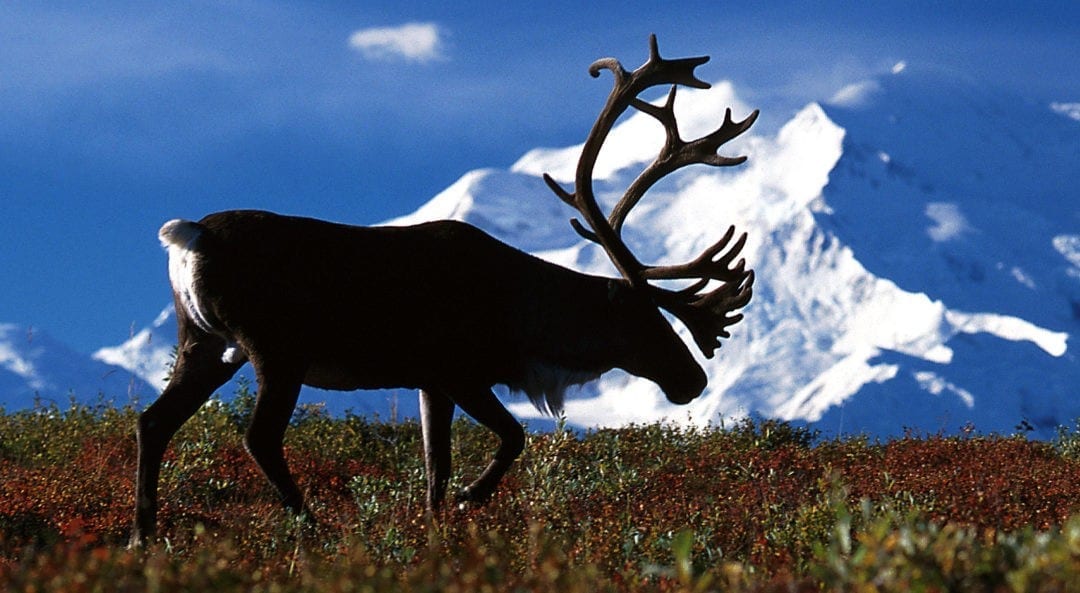The Enchanting Symbolism of Reindeer Antlers: A Deeper Look into Christmas Tradition
Related Articles: The Enchanting Symbolism of Reindeer Antlers: A Deeper Look into Christmas Tradition
Introduction
With enthusiasm, let’s navigate through the intriguing topic related to The Enchanting Symbolism of Reindeer Antlers: A Deeper Look into Christmas Tradition. Let’s weave interesting information and offer fresh perspectives to the readers.
Table of Content
The Enchanting Symbolism of Reindeer Antlers: A Deeper Look into Christmas Tradition
![Finding Deer Antlers: Hidden Spiritual Meaning [Ultimate Significance]](https://goldencelestial.com/wp-content/uploads/2023/04/deer-antlers-meaning-02.jpg)
The image of a reindeer with majestic antlers is deeply ingrained in our collective Christmas imagery. These magnificent structures, far more than mere adornments, embody a fascinating blend of biology, mythology, and cultural significance. Delving into the world of reindeer antlers reveals a captivating story, one that intertwines with the very essence of the festive season.
The Biology of Antlers: A Tale of Growth and Renewal
Reindeer antlers, unlike the horns of other ungulates, are entirely made of bone. This remarkable structure, unique to the cervid family, undergoes an extraordinary annual cycle of growth, shedding, and regeneration.
The process begins with the development of a velvety, blood-filled tissue called "velvet" that covers the growing antler. This velvet provides essential nutrients and oxygen to the rapidly developing bone. As the antler matures, the velvet dries and is shed, revealing the hardened, bony structure.
The timing of this cycle is influenced by the changing seasons and the reindeer’s hormonal balance. In the autumn, as daylight hours shorten, the male reindeer experiences a surge in testosterone, triggering the growth of new antlers. These antlers, larger and more elaborate than those of females, serve as a display of dominance and attract potential mates.
By late winter, the antlers reach their full size and the velvet is shed. The antlers remain until the spring, when they are shed again, making way for a new cycle of growth. This annual shedding and regrowth is a remarkable adaptation, allowing reindeer to renew their antlers, ensuring they are strong and healthy for the next mating season.
Beyond Biology: Antlers in Mythology and Folklore
The significance of reindeer antlers transcends their biological function, extending deeply into mythology and folklore. Across cultures, antlers have been associated with various symbolic meanings, often embodying power, strength, and fertility.
In Scandinavian folklore, the reindeer, specifically the mythical creature known as "Blesbok," is believed to be a powerful animal, its antlers possessing magical properties. The antlers are said to be able to ward off evil spirits and protect against misfortune.
The association of reindeer with Christmas likely stems from the Norse mythology of the god Thor, who was often depicted riding a chariot pulled by two goats. These goats, with their distinctive antlers, were believed to be capable of flying. This association with flight and the ability to traverse the skies further cemented the reindeer’s role as a celestial creature, a perfect symbol for the magical journey of Santa Claus.
The Cultural Significance of Reindeer Antlers in Christmas
The iconic image of Santa’s reindeer pulling his sleigh, adorned with their magnificent antlers, has become synonymous with the Christmas season. This image, widely popularized in literature and popular culture, has solidified the reindeer’s place as a symbol of Christmas joy, generosity, and the magic of the holiday.
Beyond their symbolic role in Christmas imagery, reindeer antlers have also found practical applications in various cultures. The antlers have been used as tools for hunting, fishing, and even as ornaments and decorative elements. In some cultures, reindeer antlers are believed to possess medicinal properties and are used in traditional medicine.
FAQs about Reindeer Antlers
1. Why do reindeer antlers grow so quickly?
Reindeer antlers grow rapidly due to the presence of a unique, blood-filled tissue called "velvet" that provides essential nutrients and oxygen to the developing bone.
2. Are reindeer antlers used in any traditional medicines?
In some cultures, reindeer antlers are believed to possess medicinal properties and are used in traditional medicine. However, scientific evidence supporting these claims is limited.
3. Why do male reindeer have larger antlers than females?
Male reindeer have larger antlers than females because they use them as a display of dominance and attract potential mates.
4. What happens to reindeer antlers after they are shed?
After being shed, reindeer antlers are typically consumed by other animals or decompose naturally.
5. Do reindeer antlers have any practical uses beyond their biological function?
Reindeer antlers have been used as tools for hunting, fishing, and even as ornaments and decorative elements.
Tips for Understanding Reindeer Antlers
- Observe the annual cycle: Pay attention to the growth, shedding, and regeneration of reindeer antlers throughout the year.
- Explore mythology and folklore: Delve into the cultural significance of reindeer antlers across various cultures and their role in mythology.
- Appreciate the symbolism: Recognize the importance of reindeer antlers in Christmas imagery and their representation of joy, generosity, and the magic of the season.
Conclusion: A Symbol of Renewal and Magic
Reindeer antlers, far from being mere decorative elements, are a testament to the remarkable adaptations of nature, the power of mythology, and the enduring cultural significance of this iconic symbol. Their annual cycle of growth and shedding represents renewal, while their association with Christmas evokes a sense of magic and wonder. As we celebrate the holiday season, let us appreciate the beauty and symbolism of reindeer antlers, a reminder of the enduring power of tradition and the joy that comes with the festive spirit.








Closure
Thus, we hope this article has provided valuable insights into The Enchanting Symbolism of Reindeer Antlers: A Deeper Look into Christmas Tradition. We appreciate your attention to our article. See you in our next article!